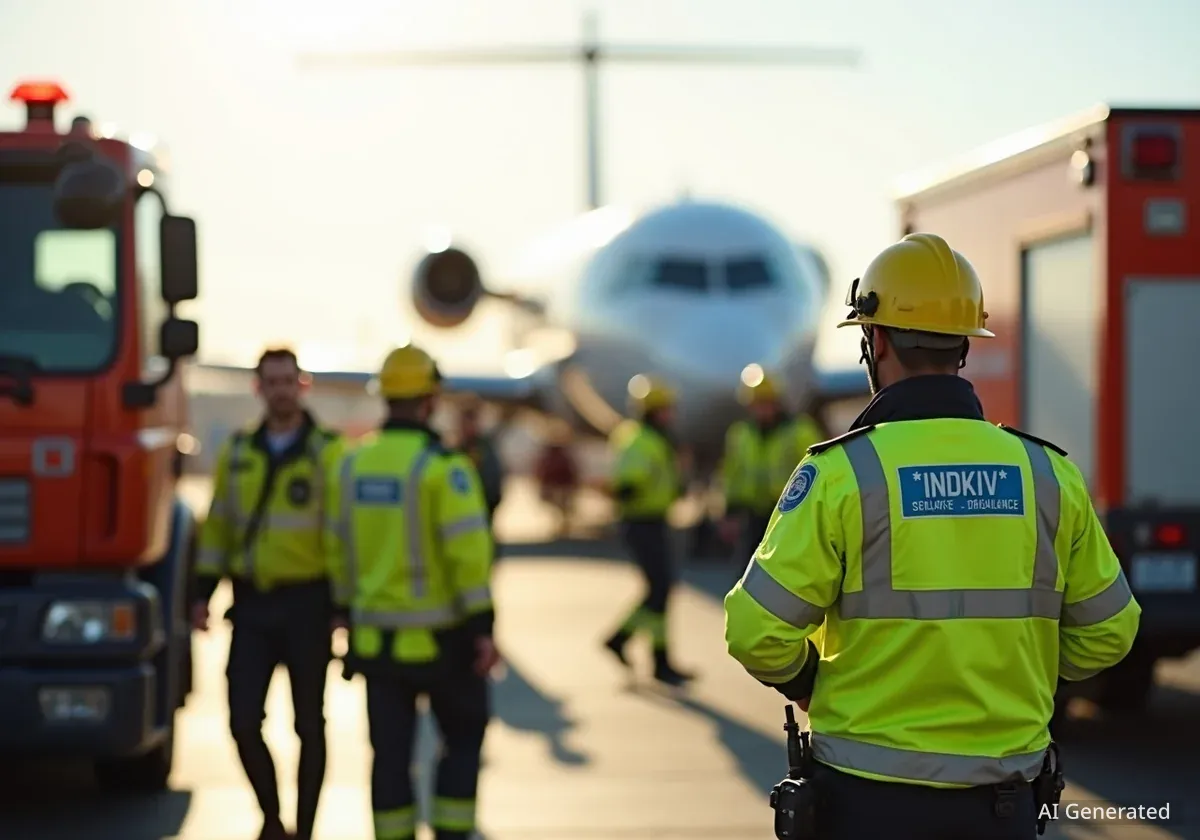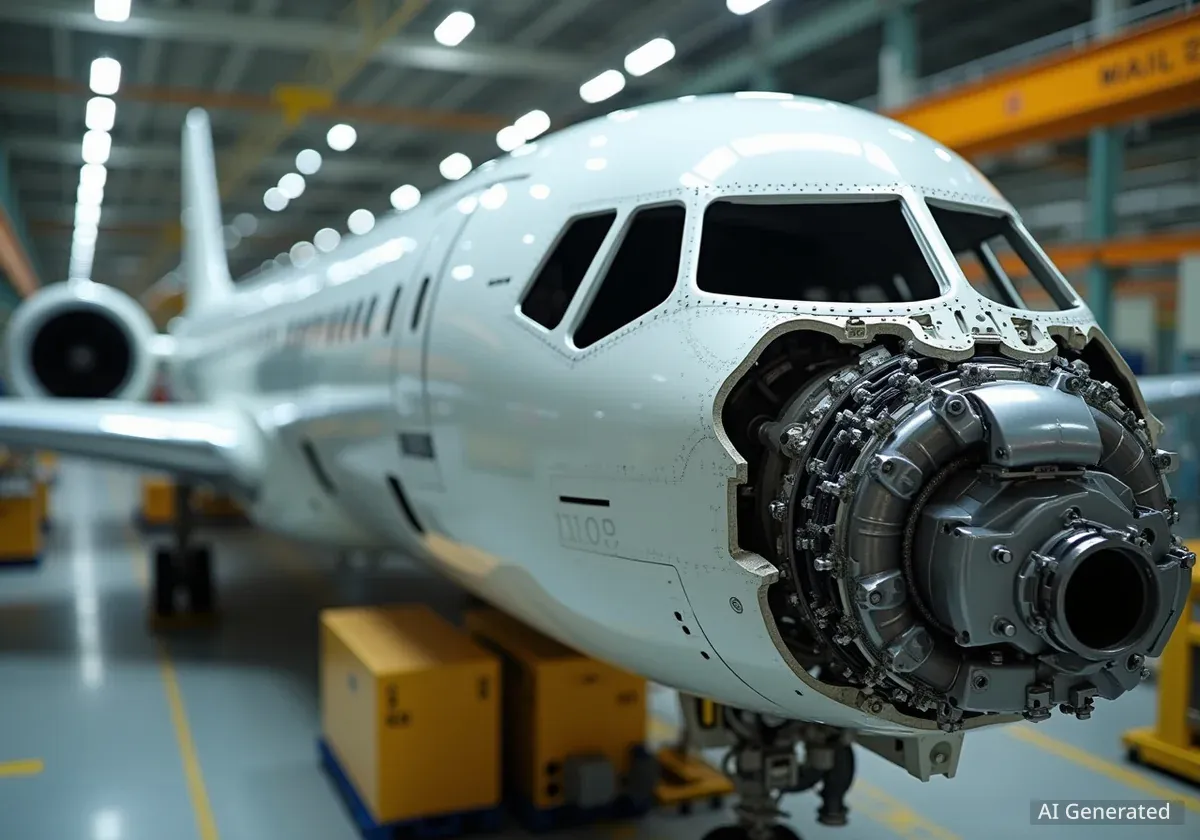Major U.S. airports experienced widespread flight delays and ground stops this week, directly linked to ongoing air traffic control staffing shortages. These disruptions affected thousands of travelers and highlighted the critical impact of personnel availability on the nation's air travel system.
Key Takeaways
- Thousands of flights were delayed across major U.S. airports.
- Staffing issues at air traffic control centers caused ground stops.
- Multiple airports, including LaGuardia, Newark, and Reagan, were affected.
- Concerns about escalating disruptions mirror past events.
Widespread Delays Across the Nation
Earlier this week, travelers faced significant hurdles as flight operations at several key U.S. airports were severely impacted. The Federal Aviation Administration (FAA) reported staffing issues that led to ground stops and widespread delays, creating a cascade effect throughout the national air traffic system.
Airports in major metropolitan areas felt the brunt of these issues. LaGuardia in New York, Newark in New Jersey, Houston Bush in Texas, and Ronald Reagan Washington National Airport in Arlington, Virginia, all reported significant disruptions. The delays were not isolated incidents but part of a larger pattern.
"The ongoing staffing challenges within air traffic control are directly impacting our ability to maintain normal operations," a representative familiar with the situation stated. "We are working to manage these disruptions while prioritizing safety."
By Thursday night, nearly 5,000 flights within, into, or out of the U.S. had been delayed, according to flight tracking data. This number underscores the extensive reach of the problem, affecting both domestic and international travel.
Fact Check
- 5,000+ flights delayed across the U.S.
- Major hubs like LaGuardia, Newark, and Reagan National experienced ground stops.
- Staffing issues were reported in air traffic control centers and airport towers.
Impact on Critical Air Traffic Operations
The core of the problem lies within the air traffic control system. Shortages of qualified personnel mean fewer controllers are available to manage the complex flow of aircraft. This directly translates to longer wait times, revised flight plans, and ultimately, delays.
The FAA confirmed staffing issues at various critical locations. Beyond the airports themselves, air traffic control centers responsible for managing airspace over vast regions also reported shortages. These centers included those serving the Atlanta, Boston, Dallas, and Houston areas, further amplifying the impact.
On Monday night, disruptions extended to the Los Angeles area and Denver International Airport. An arrivals board at Hollywood Burbank Airport in California even showed no air traffic controllers in its tower at one point, illustrating the severity of the situation in specific locations.
Geographic Spread of Disruptions
- Northeast: LaGuardia, Newark, Ronald Reagan Washington National
- South: Houston Bush, Atlanta area control center, Dallas area control center
- West: Los Angeles area airports, Denver International, Las Vegas
- Midwest: Chicago
- Southeast: Nashville
- Northeast Control Centers: Boston area control center
Historical Context and Future Concerns
This is not the first time the U.S. air travel system has faced such strains due to staffing. Similar situations have occurred in the past, leading to significant disruptions that placed immense pressure on policymakers to resolve underlying issues.
There are growing concerns that if the current challenges persist, the situation could escalate, mirroring severe strains seen in previous years. Such scenarios create a ripple effect, impacting not just individual flights but the entire air travel network, leading to broader economic and logistical consequences.
Background Information
Air traffic controllers play a vital role in aviation safety and efficiency. They manage aircraft movements on the ground and in the air, preventing collisions and ensuring an orderly flow of traffic. Staffing shortages in this critical sector can quickly lead to widespread operational issues.
The delays experienced this week serve as a stark reminder of the delicate balance required to maintain a functional air travel system. The availability of trained personnel is paramount, and any shortfall can have immediate and far-reaching consequences for millions of travelers.
As the situation continues to develop, authorities are working to mitigate the impact. However, the incidents underscore the need for long-term solutions to ensure the stability and resilience of U.S. air traffic operations.





